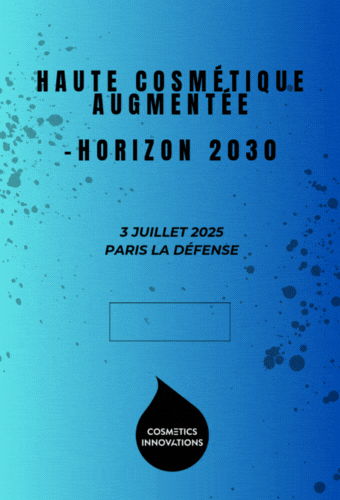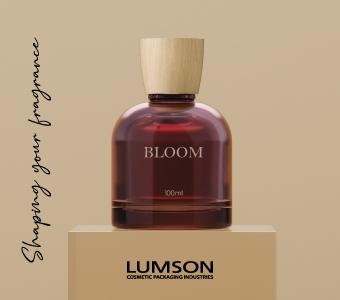
At a time when innovation is all about digital and virtual experiences, Chanel reminds us that industrial excellence can also lead to dramatically disruptive projects. Announcing the development and future industrial production of an innovative 3D-printed mascara brush, the brand has taken a major step in the industrial use of additive manufacturing, which was predicted several years ago to become an effective competitor to traditional production methods such as plastic injection.
Freedom, flexibility and responsiveness
Chanel says it has understood the potential of 3D-printing no later than in 2001, before filing a first patent in 2007 for the manufacture of cosmetic products applicators, including a 3D-printed mascara brush. This project is about to become a reality soon with the launch of Chanel’s Le Révolution Volume new mascara, whose brush is manufactured with the printing of successive layers of a polyamide powder polymerized with a laser beam.
The main advantage of the 3D printing is that the technology eliminates the need to design and manufacture pricey injection moulds. The removal of this time-consuming step brings new flexibility to the whole process. Indeed, 3D printing allows manufacturing inexpensive prototypes to makes as many tests as needed to obtain the best brush-formula pair. According to Chanel, the forthcoming Le Révolution Volume mascara brush went through more than 100 rounds of trials until the final shape was validated.
In order to create and industrialize this unique brush, the Packaging Innovation Department of Chanel Parfums Beauté teamed up with Erpro 3D Factory, a company specializing in big scale additive manufacturing [1]. The two companies have jointly designed a production line consisting of six machines capable of producing 50,000 brushes per 24 hours, 250,000 brushes per week, or up to 1 million brushes per month.
The production, which is expected to begin in June 2018, follows a stringent process, especially as its concerns products intended to be applied in the sensitive eye area: raw material analysis, powder preparation, polymerization with the laser beam, cooling of the brushes, cleaning, rinsing, quality control and mechanical tests. Allowing a perfect reproducibility and fully mould-free, the process the subject of several patent applications.
Specific shape and surface
As far as the mascara’s functionalities are concerned, 3D-printing also allows to produce a unique and innovative product with a specific shape that would have not been possible, according to Chanel, with the traditional production methods.
In particular, the brush features: a granular texture, so as to improve how the formula adheres to lashes; micro-cavities at the core of the wand to store enough matter to pre-empt double-dipping; and a bristle-grid separated by millimetres to prevent clumping.
The new step forward industrial 3D-printing paves the way for future production processes offering more freedom, more agility, more flexibility and more reactivity as well as an increased freedom to enhance brand’s creativity.




































